Cultural Xuzhou | Appreciating Mid Autumn Festival Poetry and Prose Together with Xuzhou~
There is probably no one in the world who likes the moon more than the Chinese. It's another Mid Autumn Festival, what are you planning to do this year? Remember to look up at the full moon and enjoy the Mid Autumn Festival together with Xuzhou.
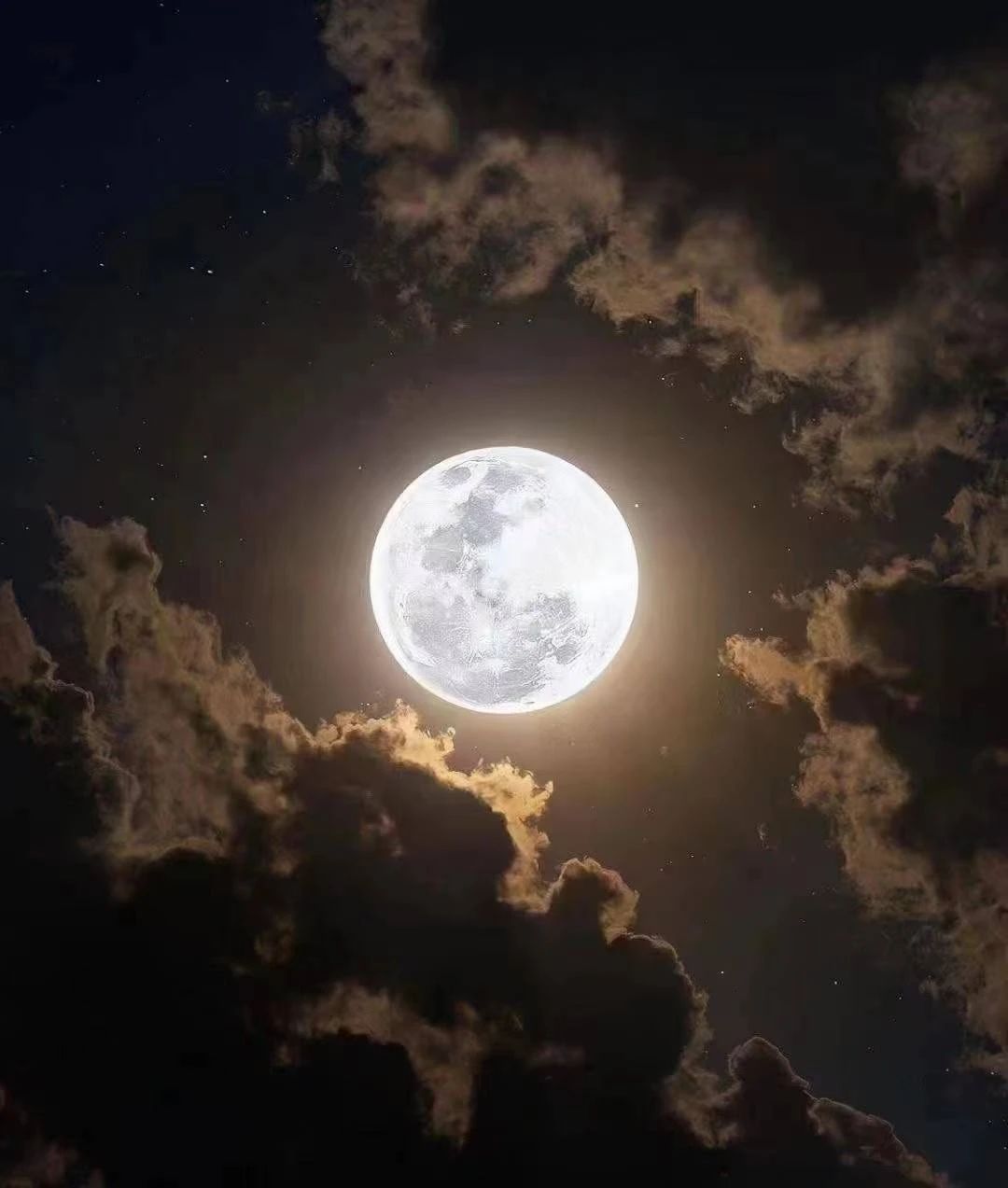 Mid-Autumn Festival · Origin
Mid-Autumn Festival · Origin
The Mid-Autumn Festival is also called "Moon Festival", "Autumn Festival", "Mid Autumn Festival", "August Festival", "August Festival", "Moon Chasing Festival", "Moon Playing Festival", "Moon Worship Festival", "Daughter's Day", "Reunion Festival", and so on. Because it is just half of the Three Autumn Festival, it gets this name. It is said that the moon is the largest, roundest, and brightest on this night.
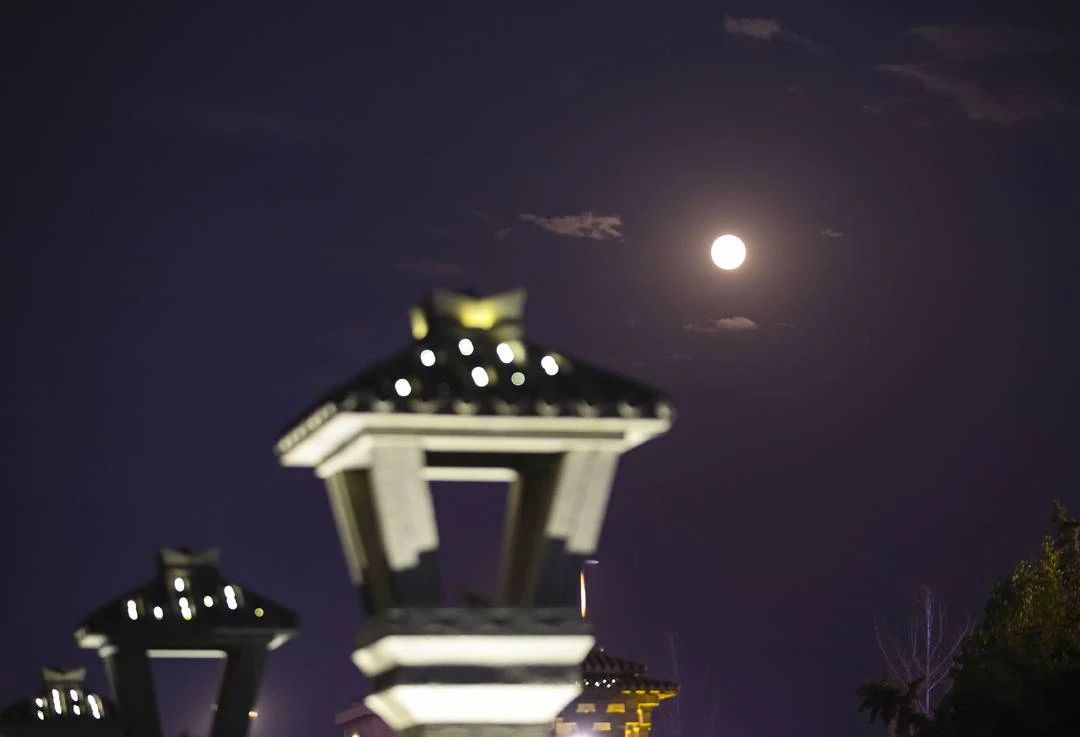 Since ancient times, people have deep feelings for the Mid Autumn Festival. They all have the custom of feasting and appreciating the moon on the night of the Mid Autumn Festival. It originated in ancient times, was popular in the Han Dynasty, was shaped in the early years of the Tang Dynasty, and prevailed after the Song Dynasty. Together with the Spring Festival, the Tomb Sweeping Day, and the Loong Boat Festival, it is called the four traditional festivals in China.
Since ancient times, people have deep feelings for the Mid Autumn Festival. They all have the custom of feasting and appreciating the moon on the night of the Mid Autumn Festival. It originated in ancient times, was popular in the Han Dynasty, was shaped in the early years of the Tang Dynasty, and prevailed after the Song Dynasty. Together with the Spring Festival, the Tomb Sweeping Day, and the Loong Boat Festival, it is called the four traditional festivals in China.
The Mid-Autumn Festival originated from the worship of celestial phenomena and evolved from the worship of the moon on the autumn eve in ancient times. Since ancient times, Mid-Autumn Festival has had folk customs such as offering sacrifices to the moon, appreciating the moon, eating moon cakes, watching lanterns, appreciating osmanthus flowers, and drinking osmanthus wine. According to the Book of Rites, the Zhou Dynasty had activities such as "welcoming the cold on Mid Autumn Festival nights" and "worshiping the moon on the evening of the Autumn Equinox". In mid August of the lunar calendar, which is also the time of autumn grain harvest, people hold a series of ceremonies and celebrations to thank the gods for their protection, hence it is called "Autumn Report".
During the Mid Autumn Festival, the temperature is already cool and not yet cold, the sky is high and the air is refreshing, and the moon is bright and clear at noon, which is the best season to admire the moon. Therefore, later on, the element of worshiping the moon gradually gave way to appreciating the moon, and the color of worship gradually faded away, while this festival activity continued and was given new meanings.
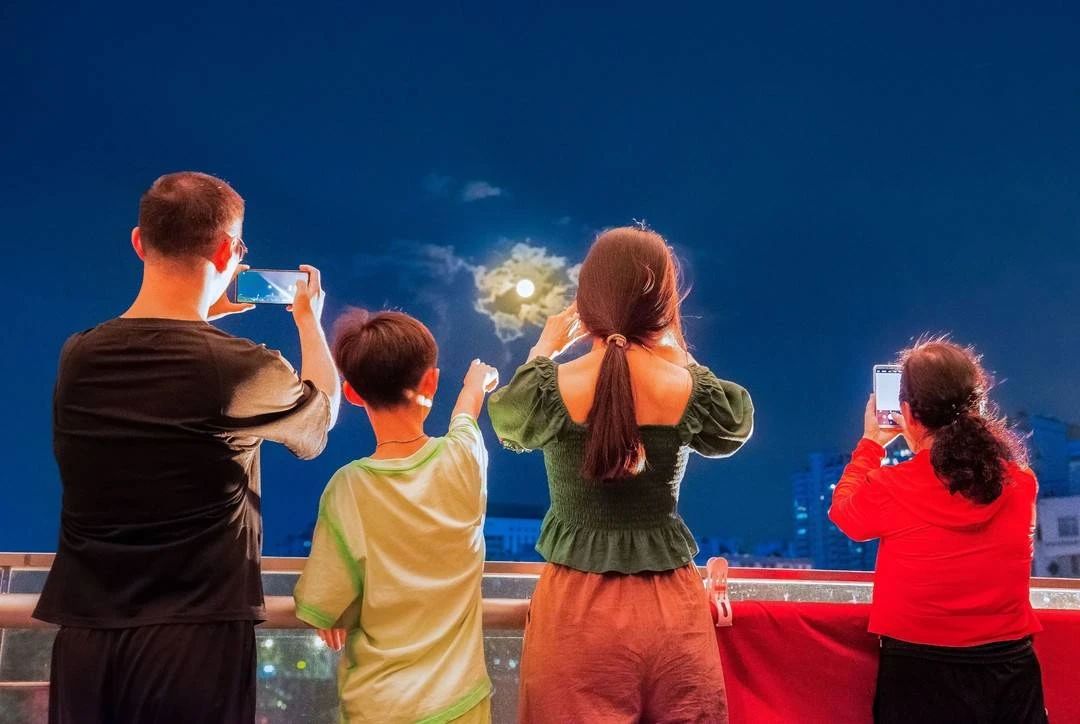 During the Northern Song Dynasty, the 15th day of August was officially designated as the Mid-Autumn Festival. During the Ming and Qing Dynasties, the Mid Autumn Festival began to be as famous as the New Year's Day, becoming the second largest traditional festival in China after the Spring Festival.
During the Northern Song Dynasty, the 15th day of August was officially designated as the Mid-Autumn Festival. During the Ming and Qing Dynasties, the Mid Autumn Festival began to be as famous as the New Year's Day, becoming the second largest traditional festival in China after the Spring Festival.
After several transformations in thousands of years of inheritance, the spirit of "family reunion" has finally become the main cultural connotation of today's Mid-Autumn Festival.
Mid-Autumn Festival Customs
01 Appreciating the Moon "The moon is bright during the Mid Autumn Festival". Appreciating the moon, formerly known as playing with the moon, is more charming when viewed together with other scenery.
02 The term "mooncake" first appeared in Wu Zimu's "Dream Liang Record" during the Southern Song Dynasty. Later on, the Mid Autumn Festival was gradually combined with enjoying the moon and tasting mooncakes, symbolizing family reunion. Nowadays, eating mooncakes during Mid Autumn Festival has become a must-have for many people, symbolizing reunion.
03 Besides admiring the moon, in ancient times, watching tides was another grand Mid Autumn Festival event. The custom of watching the Mid Autumn Festival tide has a long history, as early as the famous poem "Seven Fats" by Mei Cheng in the Han Dynasty, which had a fairly detailed description. After the Han Dynasty, the trend of watching tides during the Mid Autumn Festival became even more popular.
04 The folk Mid Autumn Festival activities of worshiping the moon began around the Wei and Jin dynasties. Since then, every Mid Autumn Festival, fruits have been displayed to enjoy the moon, chat freely, ask the moon for wine, and celebrate a beautiful life. In many parts of our country, there are customs of worshipping and paying respects to the moon. The Book of Rites records the practice of "Autumn Twilight and Evening Moon", which involves worshipping the moon god and expressing hope for the future to the bright moon.
05 Appreciating Osmanthus and Drinking Osmanthus Wine People often eat mooncakes to appreciate osmanthus during the Mid Autumn Festival, and consume various foods made from osmanthus, with pastries and candies being the most common. During the Mid Autumn Festival, looking up at the osmanthus in the middle of the moon, smelling the fragrance of osmanthus, and drinking a glass of osmanthus honey wine have become a beautiful enjoyment of the festival.
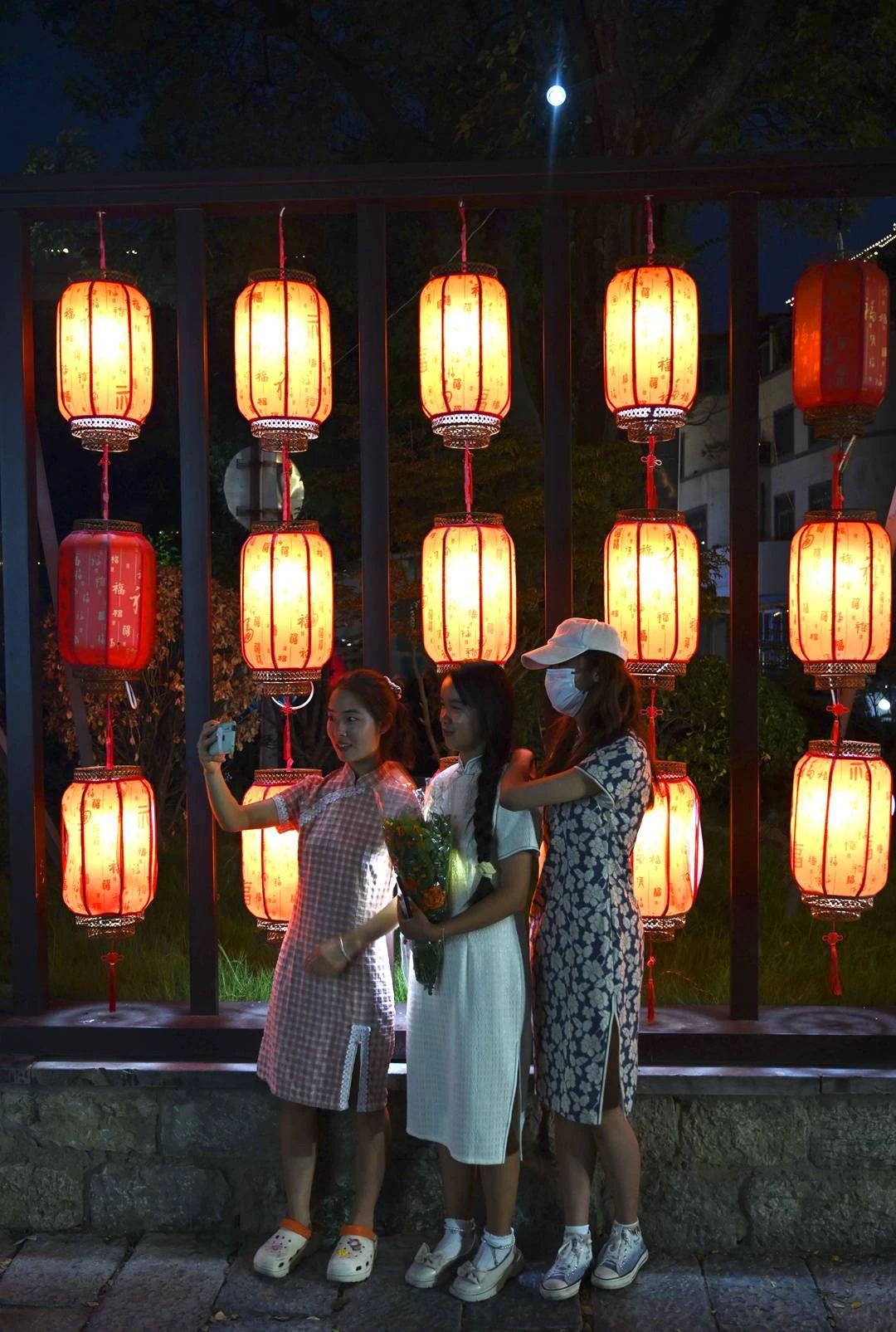
Mooncake · Tuan Tuan Yuan
Mooncakes, also known as Hu cakes, palace cakes, harvest cakes, and reunion cakes. According to experts, in ancient times, mooncakes may be round Dim sum that can be eaten all year round. Because the shape is like a round moon, it was used as a sacrifice to worship the moon in the Ming Dynasty, and later evolved into a seasonal food for the Mid-Autumn Festival.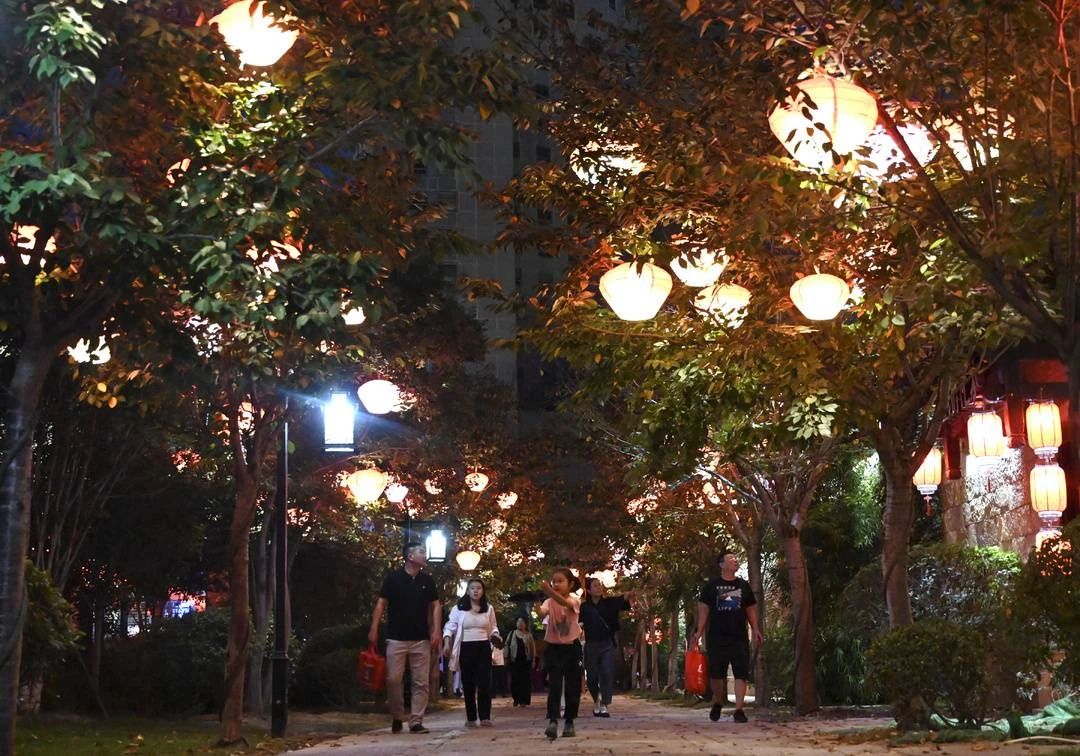
Throughout the ages, eating moon cakes on the Mid Autumn Festival is not only a thousand years of historical and cultural heritage for Chinese people, but also reflects a sense of ritual and represents a feeling of family and country. Making and tasting round mooncakes symbolizes reunion and represents people's longing and wishes for a better life.
Wuren mooncakes have existed since ancient times. In ancient times, Wuren mooncakes were only available to the nobility. In "Dream of the Red Chamber," it is written that Jia Mu ate "mooncakes made with melon seeds and pine tree pulp." The pulp of melon seeds and oil cakes... Don't underestimate Wuren mooncakes. They are not only nutritious, but also represent the "Five Virtues" of traditional Chinese culture - "benevolence, righteousness, propriety, wisdom, and trustworthiness.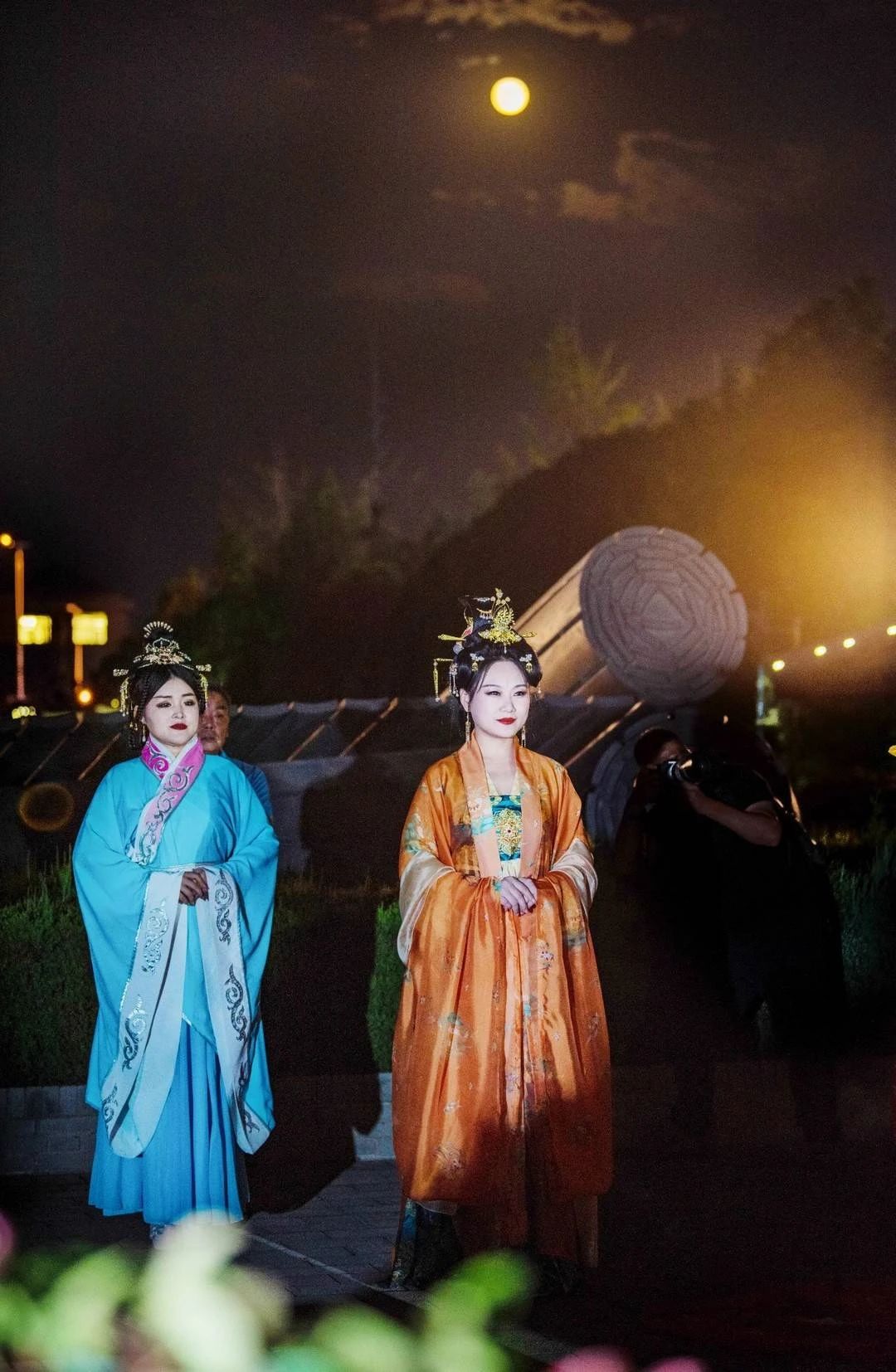
Mooncakes have a long history in China. When Zhang Qian was sent to the Western Regions during the Han Dynasty, sesame and walnut were introduced, and a round cake filled with sesame and walnut kernels appeared, called "Hu Bing". The name of mooncake was truly recorded in the Song Dynasty. Su Dongpo wrote in his poem, "Small cakes are like chewing the moon, with crispy and sweet flavors in between." Wu Zimu's "Dream Liang Record" in the Southern Song Dynasty first recorded mooncakes as a type of pastry.
However, mooncakes did not become the seasonal food of the Mid-Autumn Festival until the Ming Dynasty. It was not until the Ming and Qing Dynasties, from the north to the south, from the court to the people, that the habit of eating mooncakes on the Mid-Autumn Festival became more popular.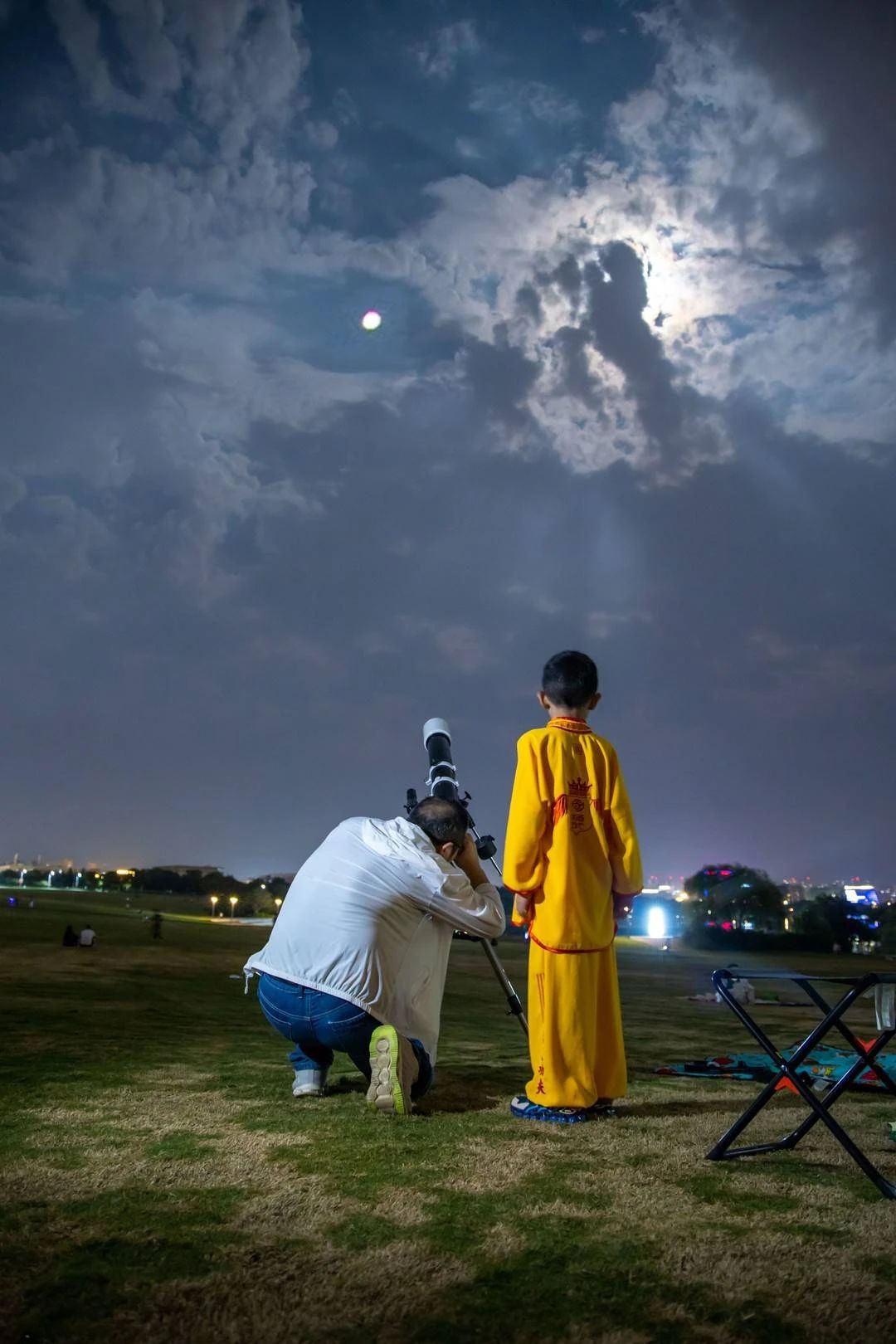
Up to now, eating mooncakes has become a custom for celebrating the Mid Autumn Festival in various parts of China, both north and south. Mooncake molds are the carrier of mooncake culture, usually made of sturdy and durable hardwood such as jujube wood, pear wood, etc. The molds are mostly engraved with words such as "fu, lu, shou" or auspicious patterns such as jade rabbits and lotus flowers.
Today, the most beautiful blessings are hidden in poetry, suitable for posting on social media!
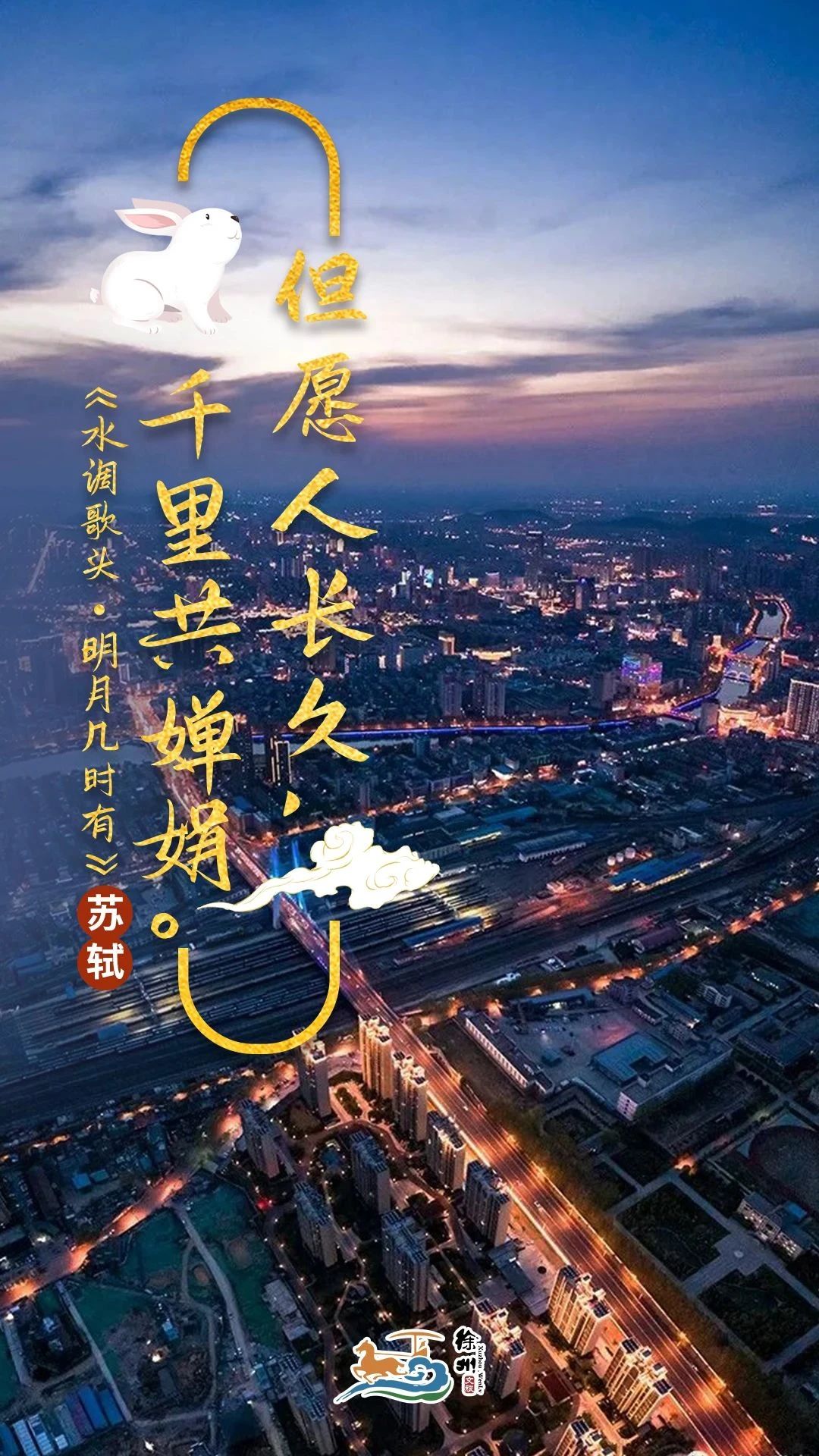
When did the Song Dynasty's Song Dynasty and Su Shi's moon appear? Ask Qingtian about the wine. I don't know what season it would be in the heavens on this night. I want to ride the wind back, but I am afraid of the towering buildings and the cold from high places. Dancing to clear the shadows, how is it like being in the human world? The moon rounds the red mansion Stoops to silk-pad doors, Shines upon the sleepless Bearing no grudge. Why does the moon tend to be full when people are apart? People may have sorrow or joy, be near or far apart, the moon may be dim or bright, wax or wane, This has been going on since the beginning of time. May we all be blessed with longevity. Though far apart, we are still able to share the beauty of the moon together..
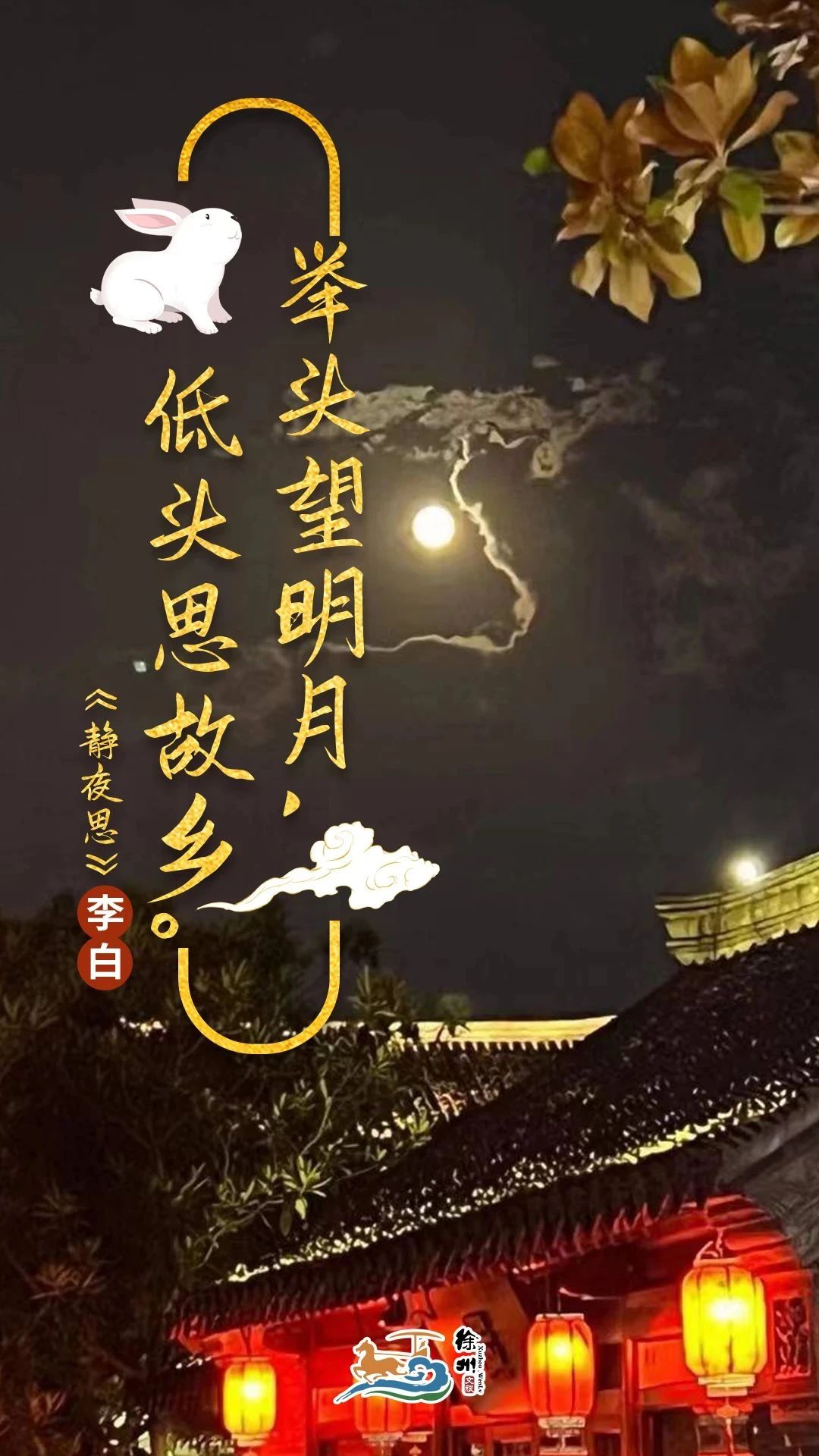
Quiet Night Thoughts on Tang Dynasty - Li Bai
The bright moon in front of the bed, suspected to be frost on the ground. Raising my head, I see the moon so bright; withdrawing my eyes, my nostalgia comes around.
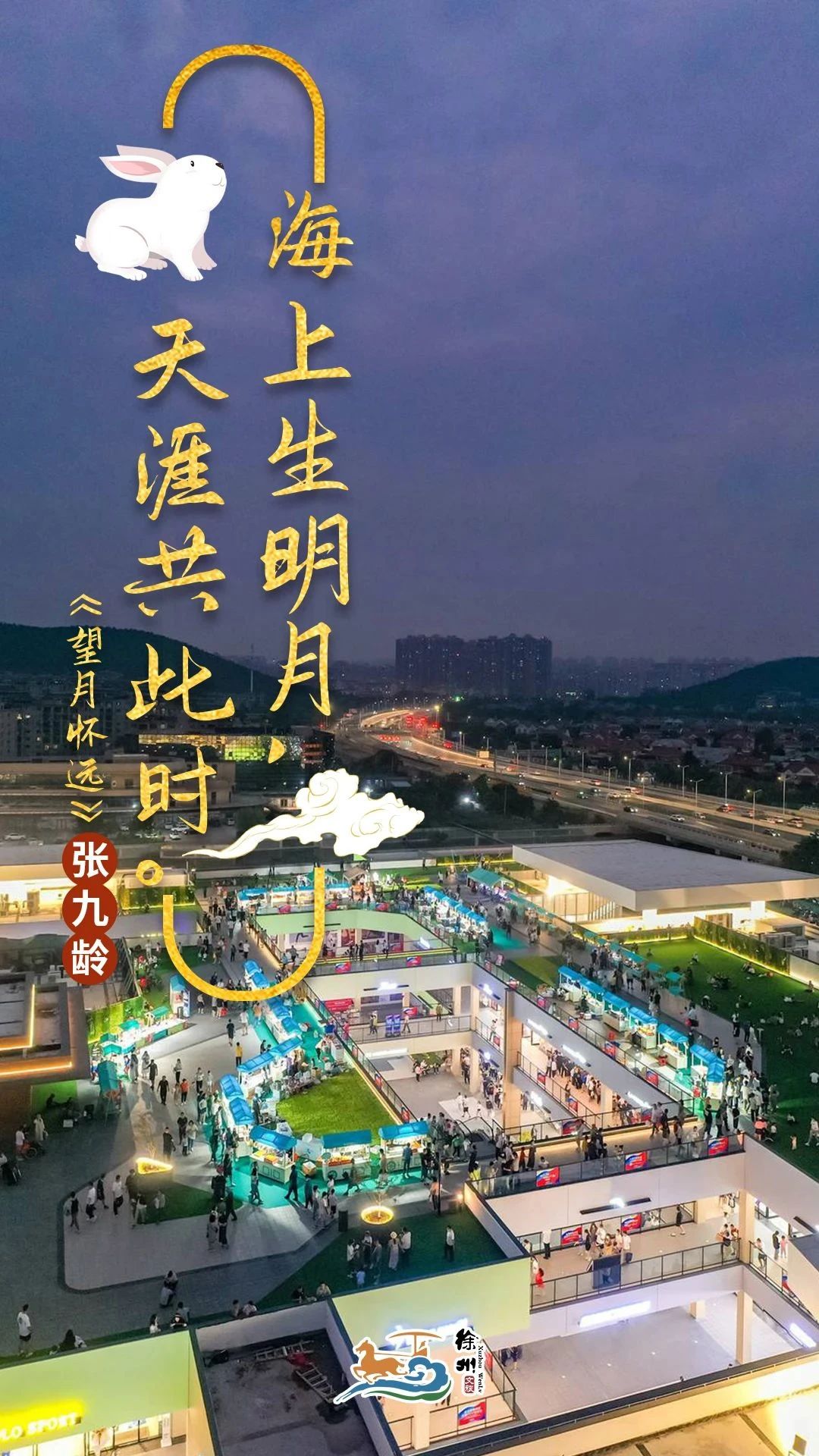
Looking at the moon and cherishing the distant Tang Dynasty
zhang jiuling
The bright moon is rising above the sea, everyone faraway enjoy the same moment.
Lover's resentment lingers far into the night, yet they yearn for each other at night.
Out of the candle, full of pity and light, wearing clothes feels dewy.
Unable to bear the gift of surplus hands, returning the dream period to sleep.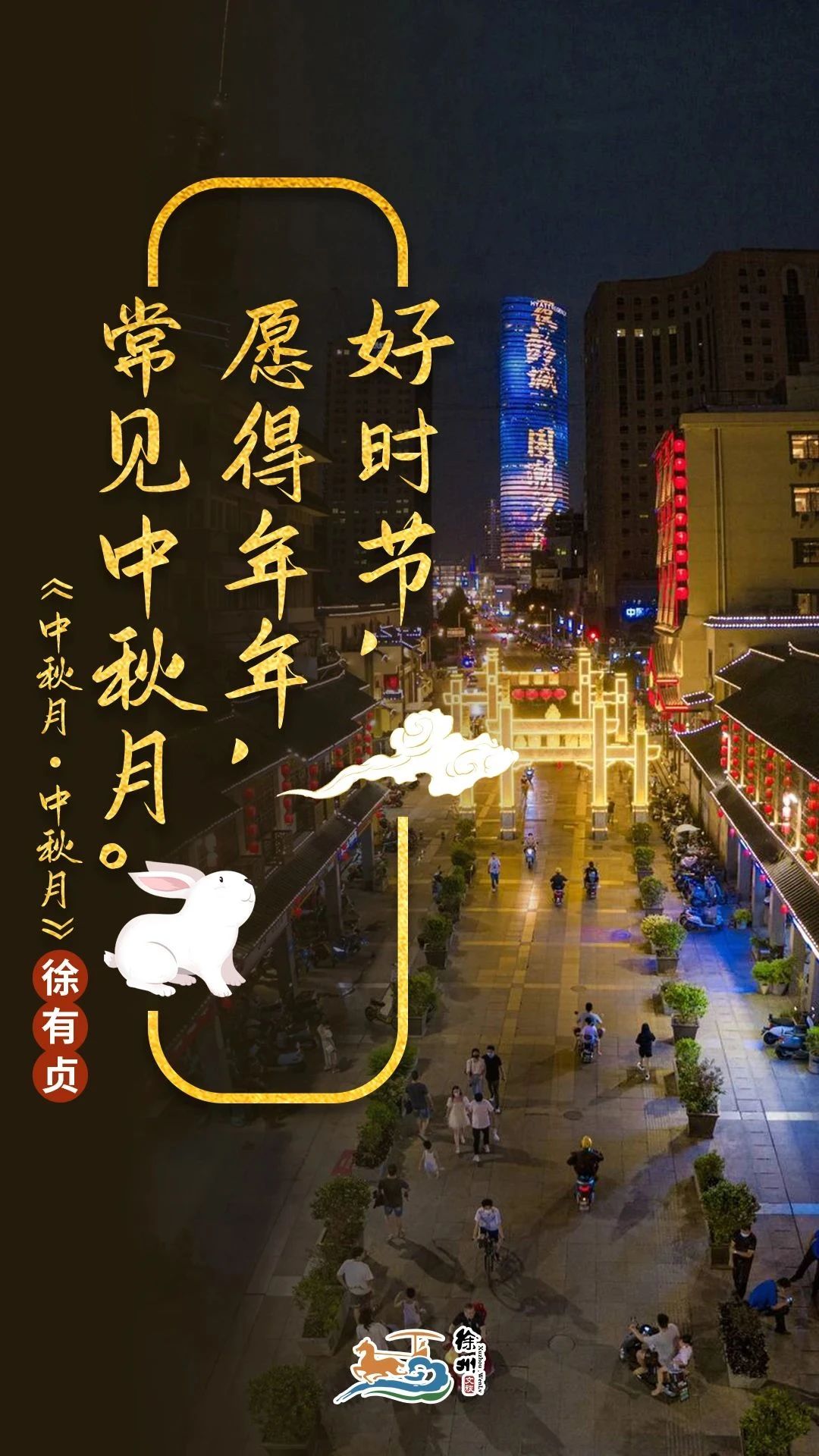
Mid Autumn Month · Mid Autumn Month
Ming Xu Youzhen
Mid Autumn Month. From the moon to the Mid Autumn Festival, it tends to be bright and clear. Slightly bright and clear, knowing how much he is, with a balance between yin and qing. Let's not talk about the ups and downs of life, let's enjoy the good seasons on earth. Good season, wishing for every year, often seen during the Mid Autumn Festival.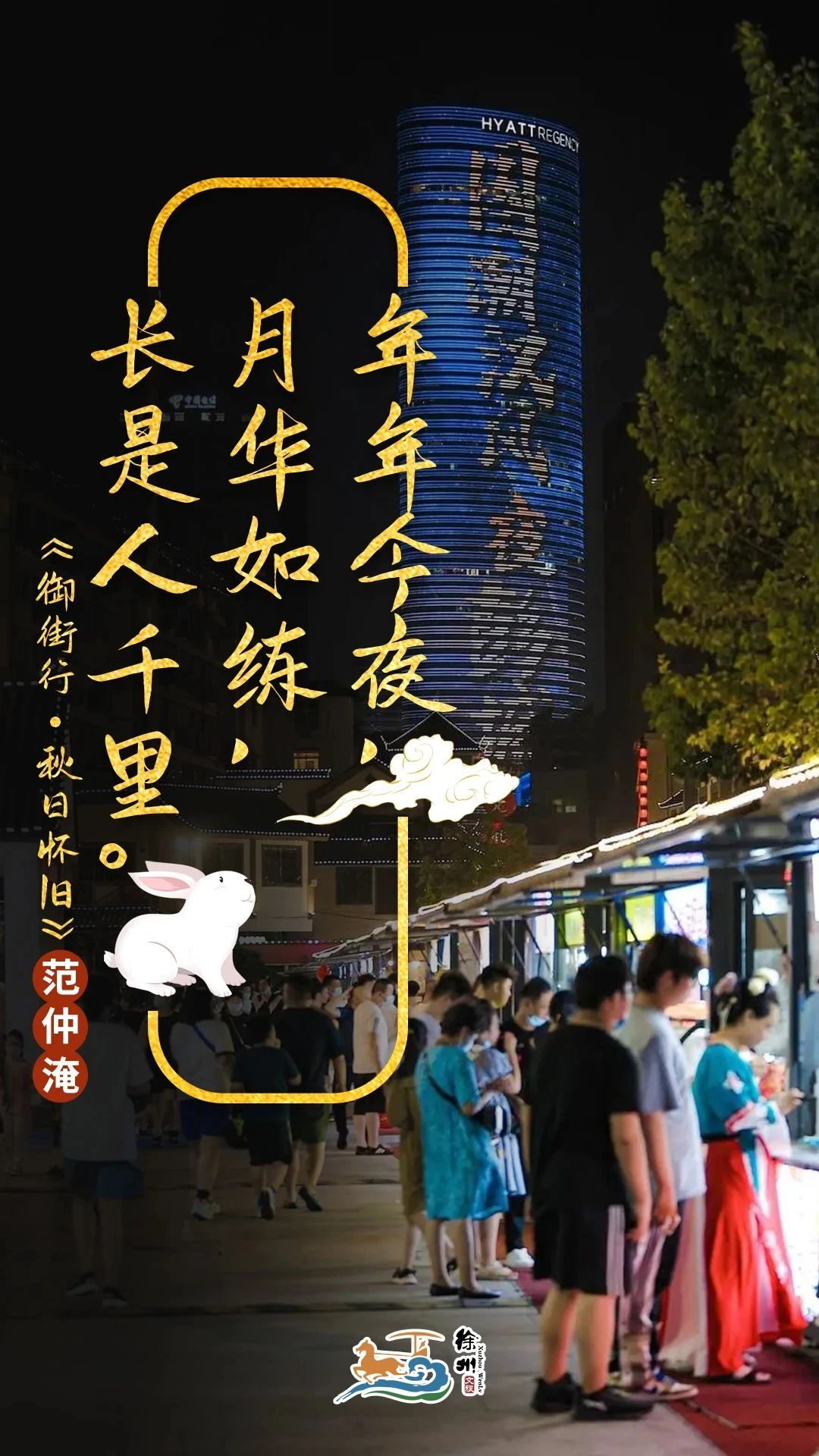
Autumn Nostalgia on the Imperial Street
Song Fan Zhongyan
Leaves falling one after another, fragrant and fragrant, the night is quiet and the cold sound is broken. The real pearl curtain rolls over the jade tower, and the sky is clear with the Milky Way hanging down to the ground. Every year tonight, the moonlight shines like practice, stretching thousands of miles. The sorrow has been broken and there is no way to get drunk. Before the wine arrives, it turns into tears. The dim light on the pillow reveals the feeling of solitary sleep. Everyone came to this matter, avoiding it without any plan.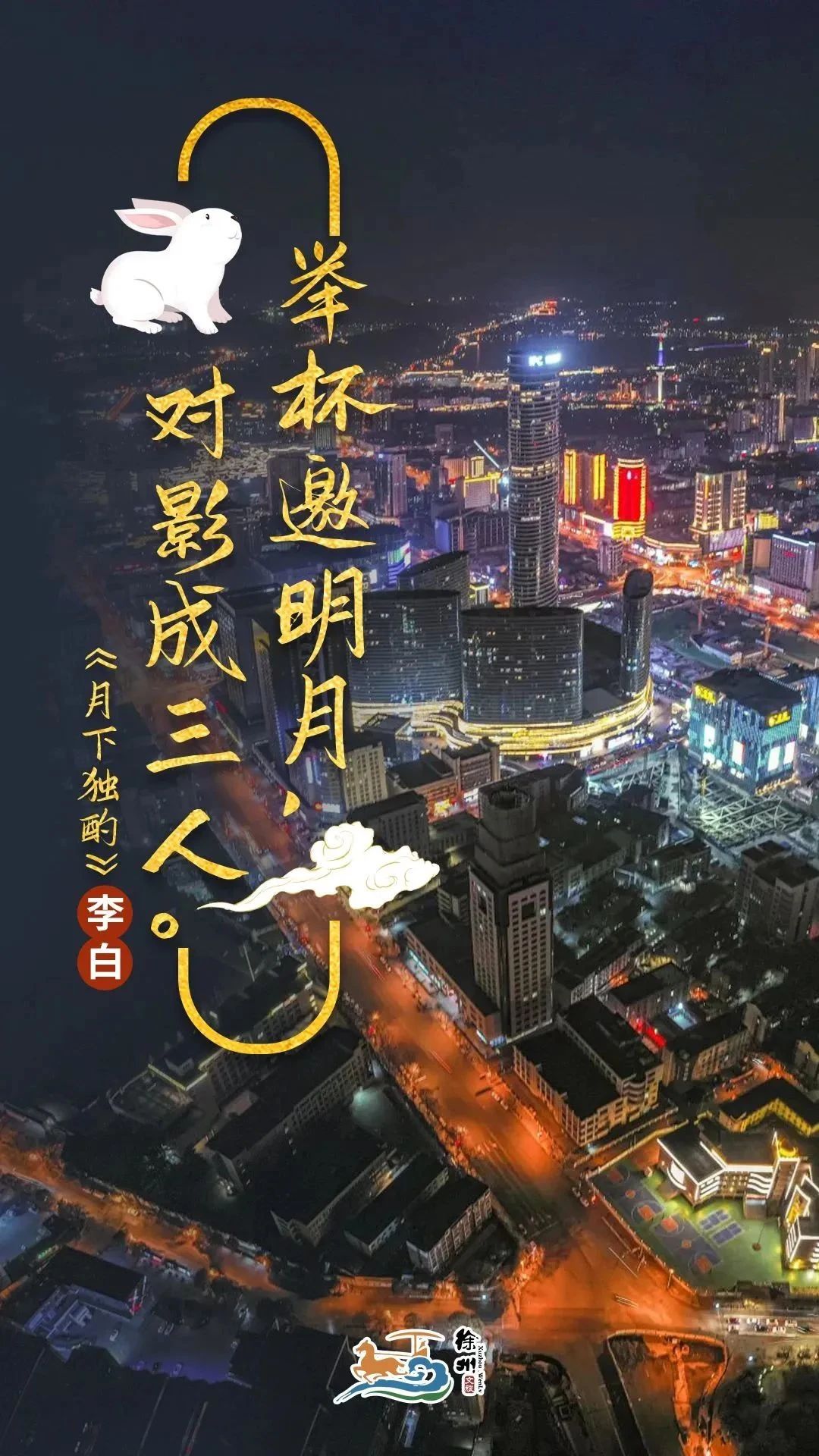
Drinking alone under the moon, one of the four poems
Tang Li Bai
A pot of wine in the flower room, drinking alone without a blind date.
Raise your cup and invite the bright moon to join the three shadows.
The moon does not drink, and the shadow disciple follows me.
Temporarily accompanying the moon with shadows, enjoying oneself in spring.
I wander in the moon, dancing in chaos.
Wake up and have sex together, then disperse after getting drunk.
Yongjie is ruthless in his travels, and his appearance is distant from the clouds and the Han Dynasty.